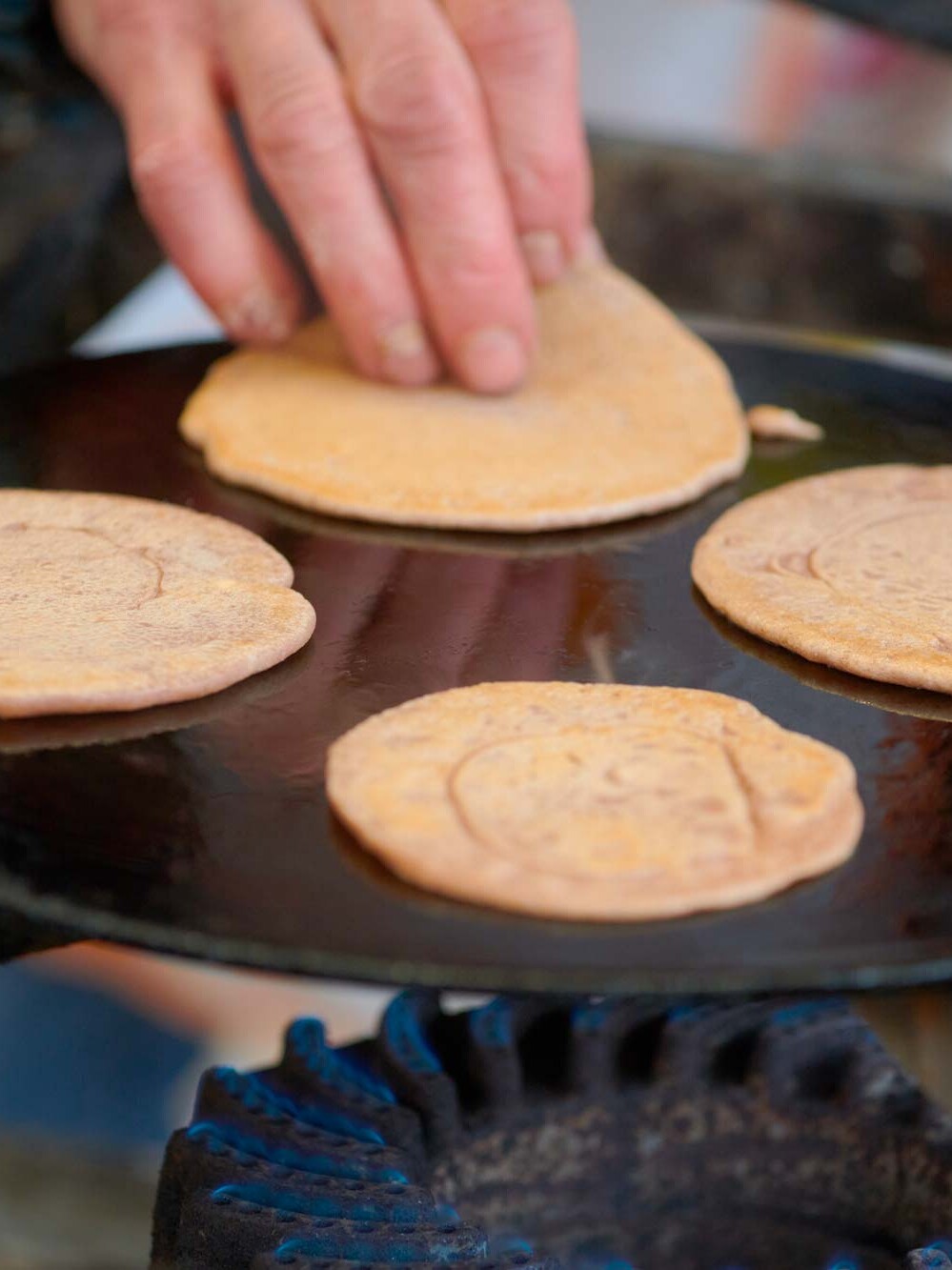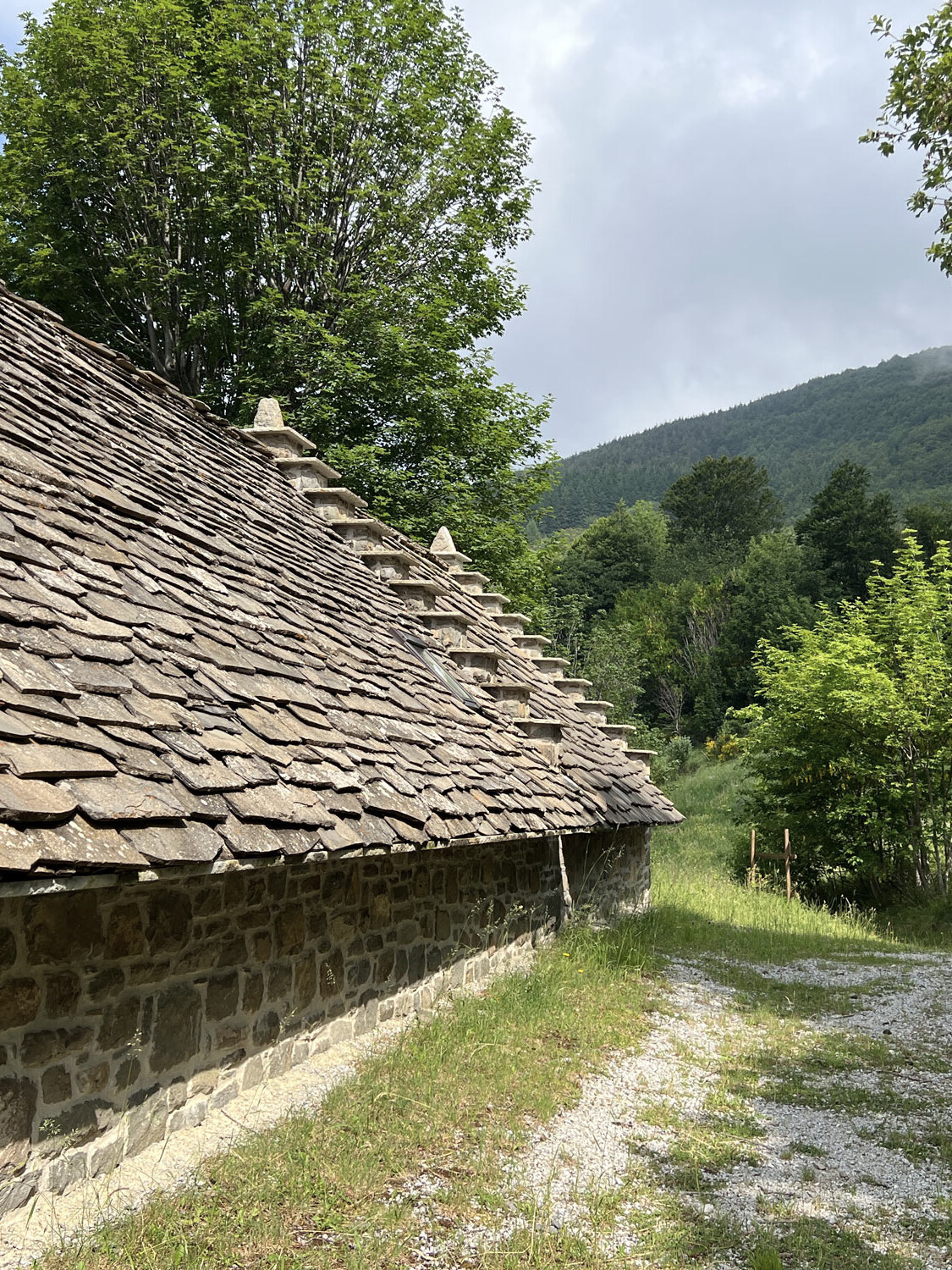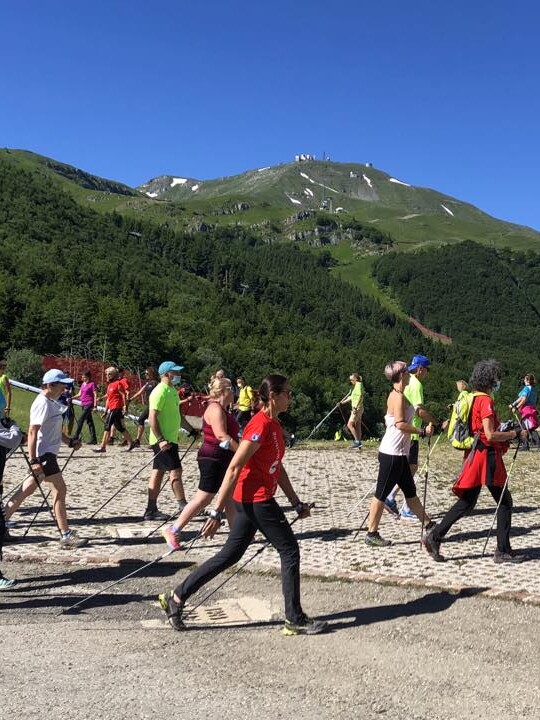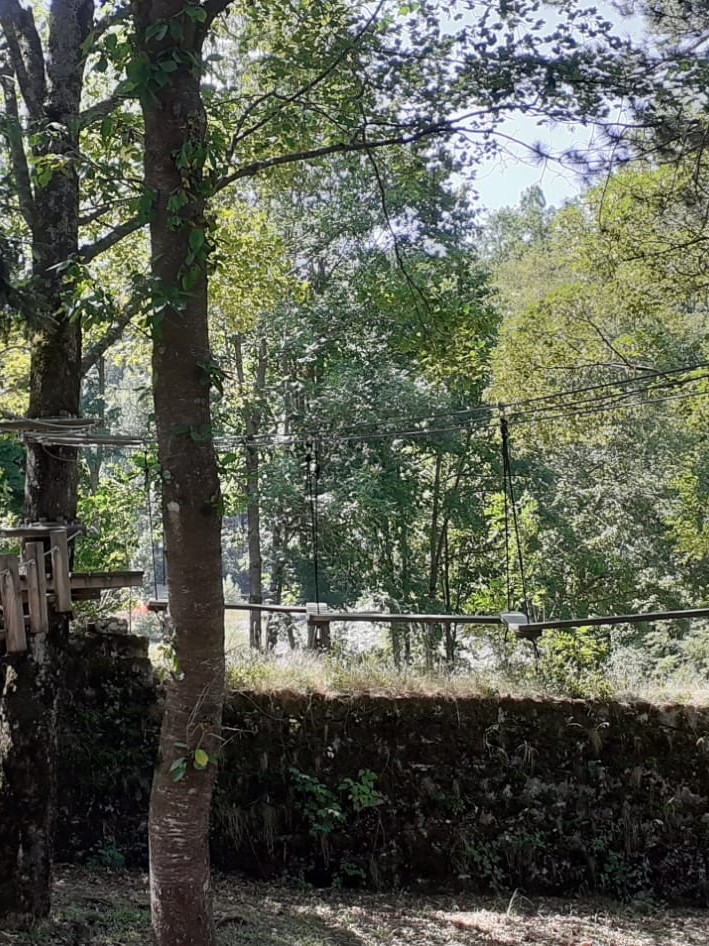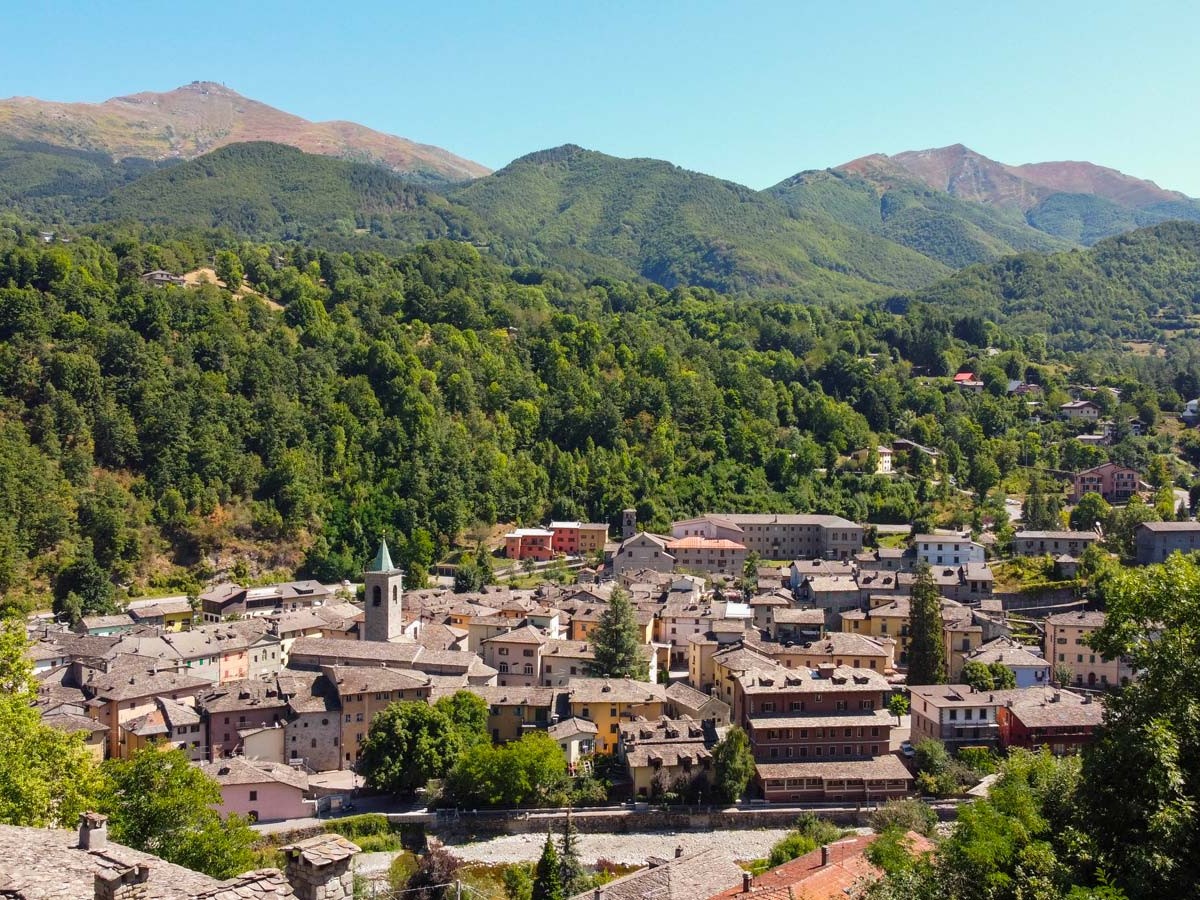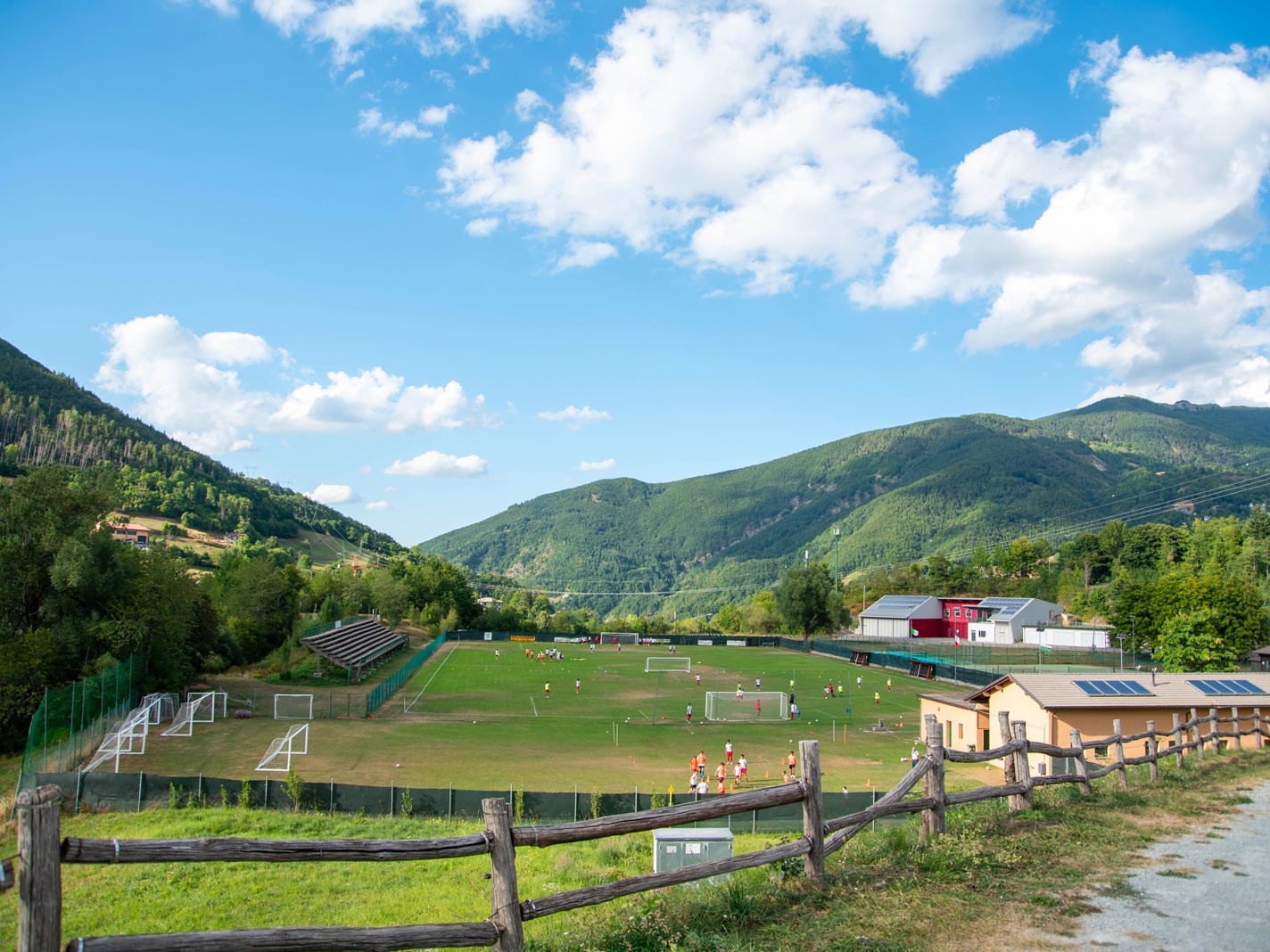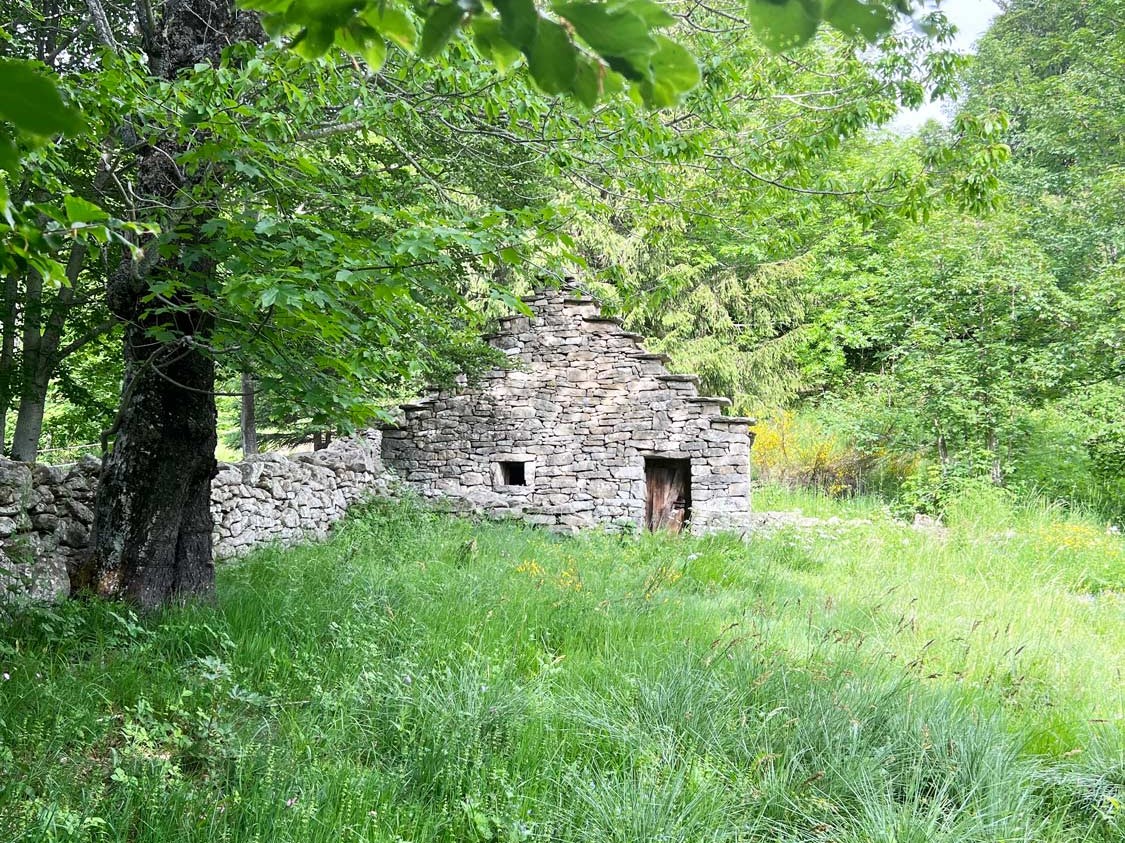Info
Via C. Coppi, 10 41022 Fiumalbo (Modena) - Italia
Fiumalbo is located in the upper Modena Apennines, within the Frignano Regional Park, on the border with Tuscany and at the confluence of two mountain streams, the “Rio Acquicciola” and “Rio delle Pozze”, which join together to form the River Scoltenna.
Why visit
Of all the villages within the Frignano Park, Fiumalbo is the town that has best preserved its historic centre and kept its traditions alive.
Its local dialect is quite distinctive, and differs considerably from others in the area, both on the Emilian and Tuscan sides, constituting one of the most interesting transition points between the northern Italian (Emilian) linguistic strain, to which it belongs, and the central Italian (Tuscan) one, with a result similar to the Veneto language.
When to go and what to see
The small hamlet with its stone houses is nestled in an unspoiled landscape and, with its wild natural surroundings, is a true paradise for walkers during hot summer days.
In winter, Fiumalbo offers Alpine skiing, snowshoe trekking, high-altitude snowmobile rides, free-riding and mountain-biking in the snow. Wearing snowshoes or climbing skins, snowboarders and skiers can reach the Val di Luce ski area from the village, and free ride downhill in absolute freedom with a difference in height of as much as 800 metres.
The placename is said to come from “Flumen Album,” in reference to the foaming waters of the streams that surround the village. While its exact origins are unknown, we know for sure that an early settlement existed as early as 1038. Notable places of interest in its historic centre today include the 13th-century Church of St. Bartholomew, the Renaissance Oratory of St. Rocco, the Oratory of the Immaculate Conception, and the Oratory of St. Catherine.
The Church of St. Catherine of Siena also houses a permanent exhibition of sacred art, with bilingual audio guides available. Among the most valuable works of art, worthy of a special mention are Sacaccino Sacaccini da Carpi’s “Madonna and Child Enthroned,” Saints Bartholomew and John the Baptist from the first half of the 16th century, and the painting of the Last Supper from the mid-1500s, which was once located in the suppressed Dominican convent. Liturgical items made of metal and other objects including liturgical vestments are displayed in glass showcases, documenting the village’s religious tradition.
There is no shortage of designated catch-and-release fishing areas. Fiumalbo also boasts the Italian Touring Club’s “Orange Flag,” a mark of excellence in terms of tourism and the environment in inland areas.
Not to be missed
Absolutely worth visiting in summer or winter are the Celtic Huts with their characteristic stepped roof structure located in the village of Valdare (6 km).
Clearly visible traces of the passage of the Celts are also found in Doccia, at the foot of Mount Cimone.
Local food specialities
A typical product of Fiumalbo is its “croccante” or almond crunch. The dessert, created by a born-and-bred Fiumalbino, is made exclusively at the pastry shops in the historic centre, and its recipe is still a closely guarded secret known only to a few.
Surrounding area
Foce a Giovo (1,674 m above sea level) is a mountain pass 10 kilometres from Fiumalbo, located between Mount Femminamorta and Mount Borra al Fosso: the Via della Foce (also known as the Ducal Road), built in 1819, passes through, linking today’s Val di Luce, on the Modena side, with Val Fegana, on the Lucca side. Along the way, there are several glacial cirques, particularly on the slopes of Mount Romecchio and Mounts Giovo and Rondinaio; there are several clear lakes which have formed in the basins left by the glaciers such as Lago Santo, Baccio, Turchino, Torbido and Legacci della Porticciola.
Position
Nature & Environment
Nothing found.
Art & Culture
Nothing found.
Frazioni
Nothing found.



